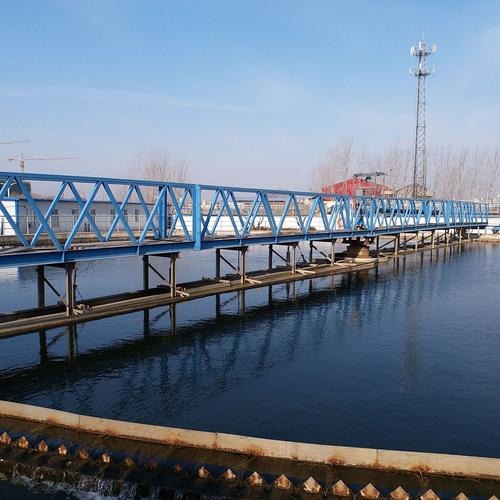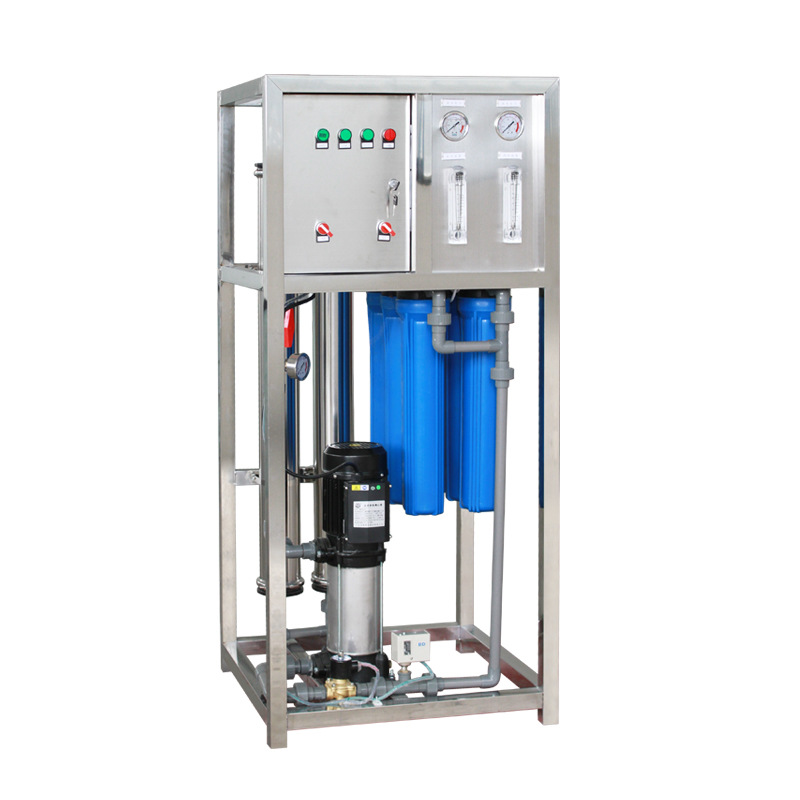I. Project Background and Objectives
The coal chemical industry generates a large amount of wastewater in its production process, which contains high concentrations of inorganic salts, organic matter, ammonia nitrogen and other pollutants, posing a serious threat to the environment. In order to achieve clean production and environmental protection, a zero-discharge treatment plan for coal chemical wastewater has been formulated, aiming to increase the wastewater recycling rate to more than 99% through comprehensive technical means, concentrate the pollutants into solid or crystalline form for further treatment, and ultimately achieve zero discharge.
II. Characteristics and classification of wastewater
1. Organic wastewater: low salt content and high organic matter concentration, mainly from coal gasification process and ground washing water.
2. Salt-containing wastewater: high salt content and complex salt ion composition, including low-salt wastewater, concentrated salt wastewater and high-concentration salt wastewater, mainly from gas washing water, circulating water system drainage, etc.
III. Technical Solution
1. Organic wastewater treatment technology
– Pretreatment: Use oil separation, flotation, sedimentation and other methods to remove emulsified oil and suspended matter and initially reduce COD (chemical oxygen demand).
– Biochemical treatment: A/O, A2/O, SBR, MBR and other processes are selected and designed based on actual conditions to mainly remove organic matter and ammonia nitrogen.
– Advanced treatment: ozone oxidation, chemical oxidation + BAF (biological aerated filter) + activated carbon adsorption and other processes are used to further remove heterocyclic compounds such as sulfur, oxygen, and nitrogen to meet the reuse standards.
2. Salty wastewater treatment technology
– Low-salt wastewater treatment: The two-stage treatment process of “pretreatment + double membrane method (ultrafiltration + reverse osmosis)” is adopted. The pretreatment ensures the water quality of the double membrane inlet through flocculation sedimentation and filtration to achieve wastewater recycling.
– Brine treatment: Use the “pretreatment + membrane concentration” process to increase the salt concentration of wastewater as much as possible, reduce investment and energy consumption. TDS (total salt content) can be concentrated to 50,000-80,000 mg/L.
– High-concentration brine treatment: Natural evaporation and mechanical evaporation solidification technology is used to treat wastewater with a salt content of up to 10,000-50,000 mg/L into a crystalline state. The crystalline solid needs further treatment and can be recovered as crystalline salt or treated as hazardous solid waste.
IV. Technology Selection and Application
1. Pretreatment stage: Advanced oxidation technology (such as ozone oxidation, electrocatalysis) is used to remove organic matter, and coagulation sedimentation filtration and activated carbon adsorption are used as auxiliary means. Special tubular ultrafiltration membrane (TMF) technology is used to remove calcium and magnesium ions and suspended solids to ensure the quality of reverse osmosis inlet water.
2. Membrane concentration system: using common reverse osmosis RO, seawater reverse osmosis RO, high-efficiency reverse osmosis, electrodialysis and other technologies, selecting the best process according to water quality and economy to maximize the concentration of high-salt wastewater.
3. Evaporation and crystallization system: Use multiple-effect evaporation (MED) or mechanical vapor recompression (MVR) technology to reduce energy consumption and achieve efficient recovery of crystallized salt.

生化膜反应器12-1024x683.jpg)
生化膜反应器12-scaled.jpg)




